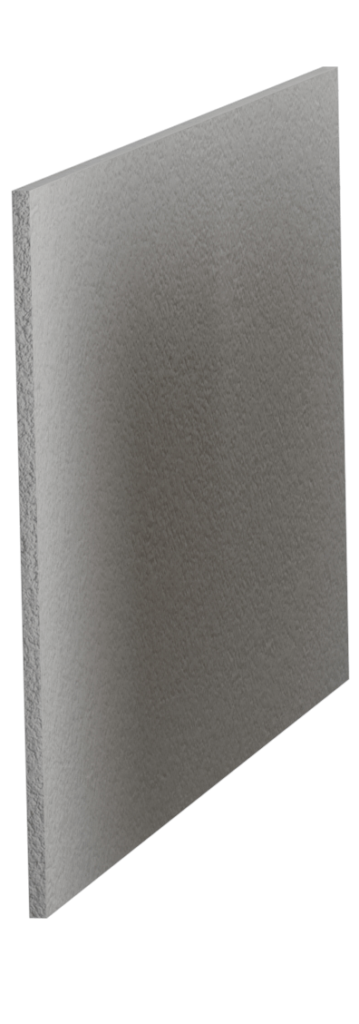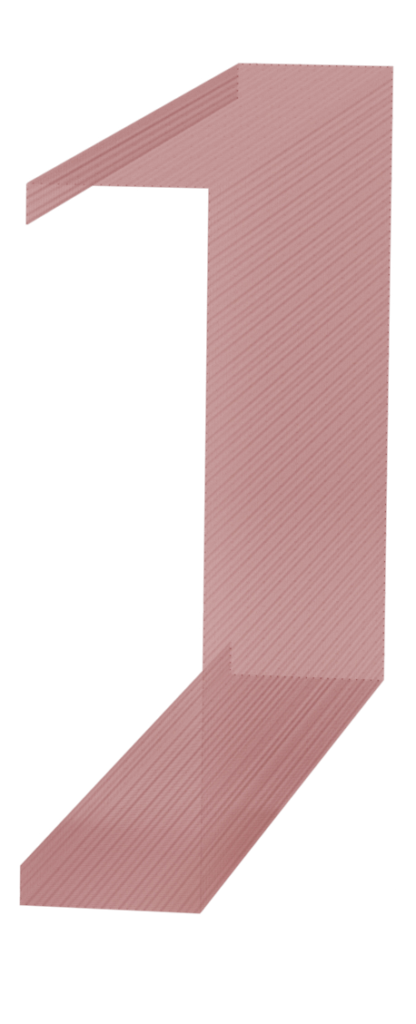
BUILDING FOR THE FUTURE

Our commitment to our homeowners is equalled only by our pledge to the environment.
We believe that what we do today can have a positive impact for generations to come, and it is why we build sustainability and energy efficiency into every home and community we create.
Passive House building technology is our latest initiative to create a sustainable future, and it is featured in our Nicola, Lakewood, and Templeton communities. The majority of Vancouver’s greenhouse gas emissions are created by the electricity and natural gas we use to heat and cool our buildings, Passive House technology improves the environmental performance of those buildings, resulting in significant reductions in greenhouse gases.
DIMEX PREMIUM
Passive House Wall System
 1
1 2
2 3
3 4
4 5
5 6
6 7
7 8
8 9
9 10
10- Drywall
- Rockwool Insulation
- 2x6 Structural Service Cavity
- Plywood
- Hydroflex Membrane
- 6’ Recyclable EPS Foam
- Fireglass Reinforced Mesh
- Primex liquid Coat
- Acrylic Base Coat System
- Finish Coat
01
SAVINGS
The heating and cooling costs of a Passive House are are up to 90% less when compared to conventional buildings and offer considerable savings year after year.
02
VALUE
The BC Energy Step Code will require all new buildings to be Net-Zero Energy Ready by 2032. Passive House buildings exceed these standards today, giving them inherent value in the years to come.
03
QUALITY
Passive House buildings are built to standards well above the BC Building Code. By combining energy efficiency, durability, and life-cycle performance, they deliver unmatched quality in terms of liveability and long-term value.
04
COMFORT
Passive House buildings maintain a consistent temperature throughout the day and in every season. This allows for quieter living spaces, the elimination of drafts, and consistent temperatures, all with reduced heating and cooling costs.
05
ENVIRONMENTALLY FRIENDLY
Passive House buildings and their technology are designed to integrate and work with the surrounding environment to reduce greenhouse gas emissions connected to the heating, cooling, and lighting of the home.
06
CLEAN AIR
The energy recovery ventilation (ERV) systems in a Passive House continually pushes stale air out and pulls in fresh, pollen and dust-free air. During the summer, the ERV system pre-cools and dehumidifies the air and in the winter it humidifies and pre-heats it, using the exchange in air temperatures to reduce energy consumption.
Passive House FAQs
Can I open my windows in a passive house?
Like any other house, you can open windows whenever you want, but you probably won’t feel like you need to because fresh air is constantly circulated throughout the home.
Are airtight buildings healthy to live in?
Yes, thanks to a built-in energy recovery ventilator (ERV), your home circulates fresh air into your home 24/7, creating unrivalled indoor air quality for your family.
How much can you save on energy bills?
Compared to conventional buildings, you can save up to 90% and it is not unusual for a 2,500 sf. Passive House building to have an annual bill less than $300.
How thick are the walls and roof?
The walls are typically 2x thicker and are around 13″ thick. This additional insulation makes the home airtight and increases the insulation R-Value from R40 up to R50.
Why is there a ventilation system and what are its energy costs?
In a traditional home, a lot of energy is used to either heat or cool air. In a Passive House, a highly-efficient energy recovery and ventilation system constantly moves air in and out of the home to balance the temperature of the air.
Do passive house buildings use solar panels and/or geothermal systems?
Passive House buildings are self-contained systems that do not need other renewable energy sources. They don’t need them, but they can be used to make the home net-zero in terms of energy consumption.
Sources: Passipedia Passive House Canada






